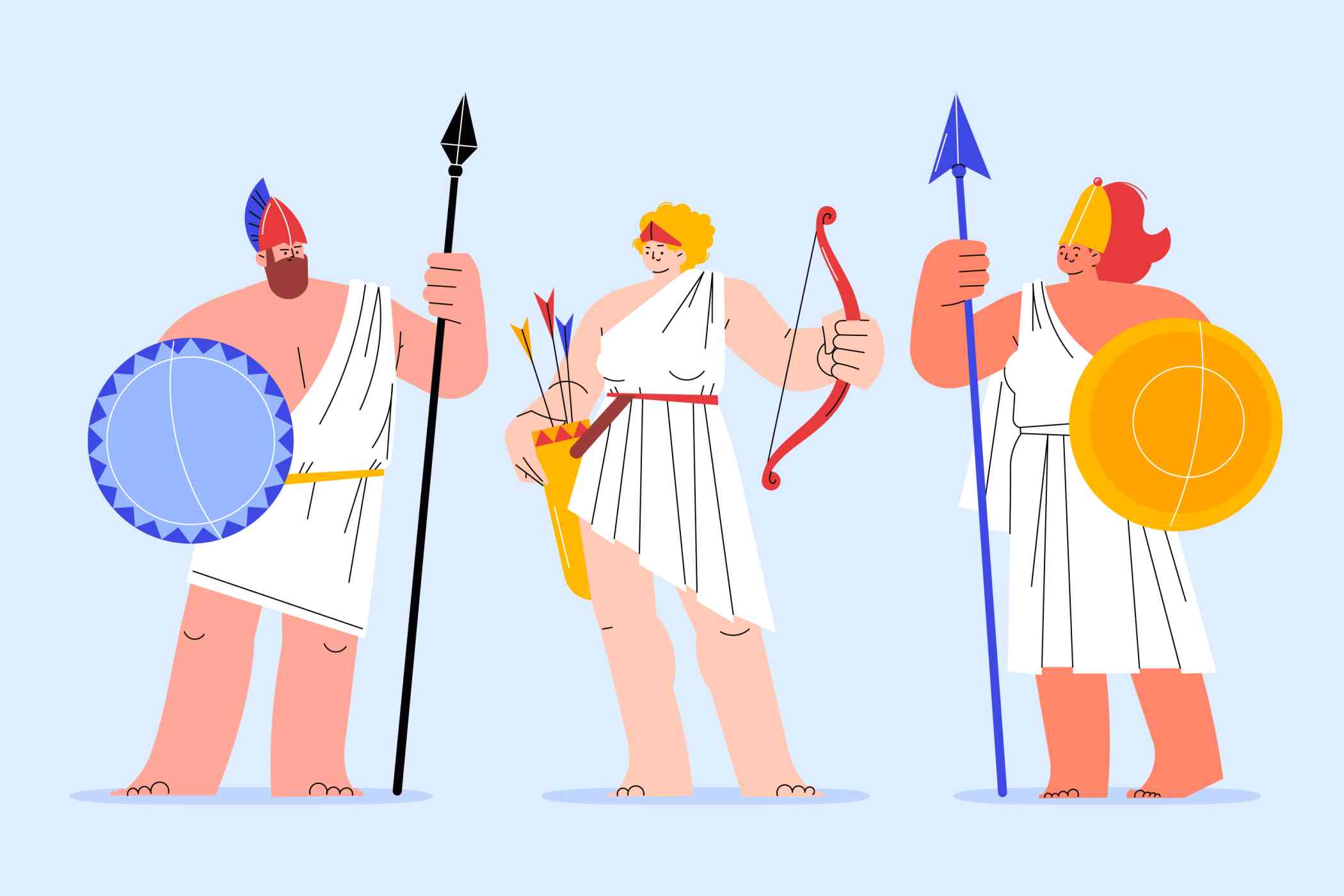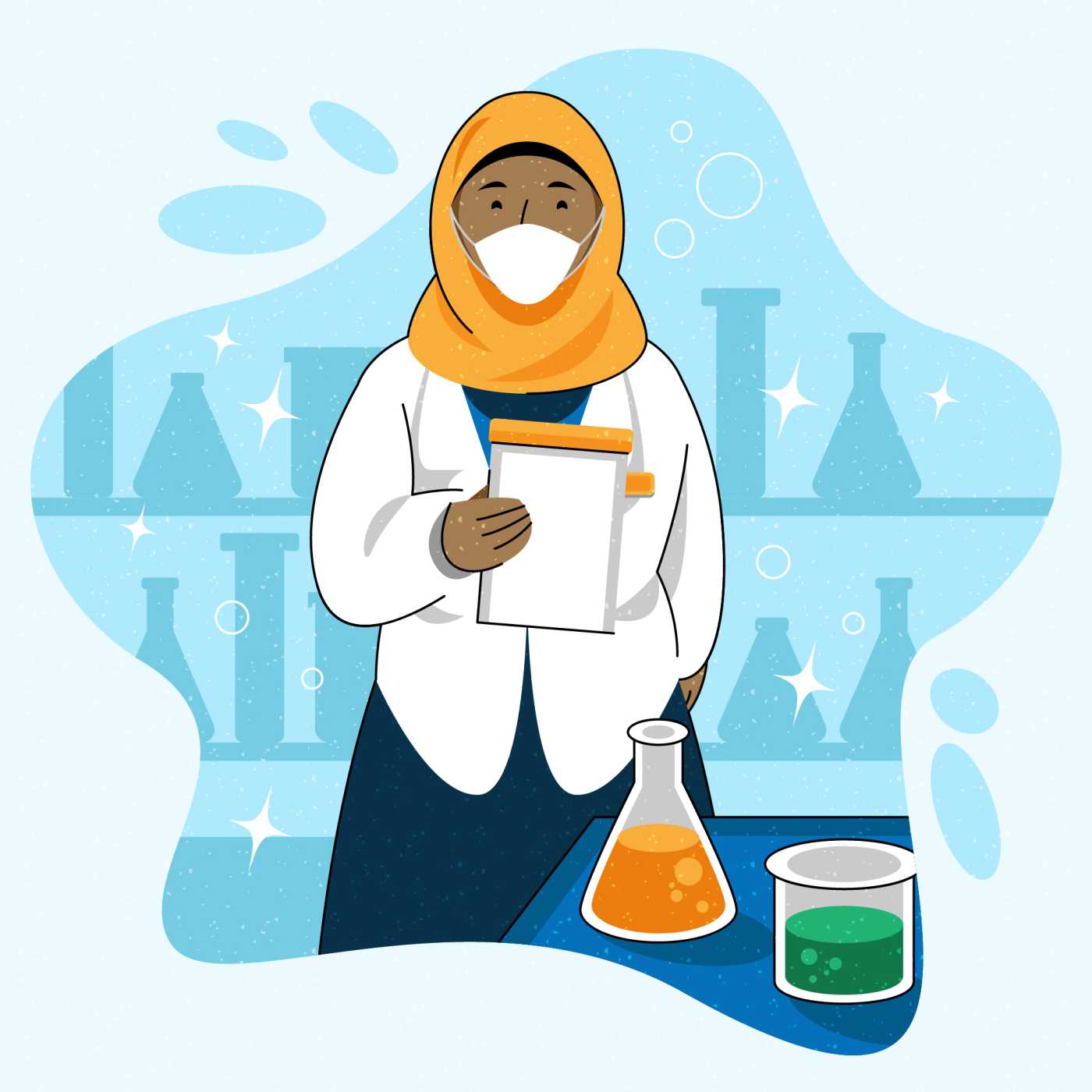There is interplay between science and religion that has influenced the progress of many areas of human activity, including medicine. The Islamic Golden Age, which occurred roughly between the eighth and fourteenth centuries, stands out as an era in which much was done by scholars of the Islamic world in development medicine. This legacy, of course, continues to live on today. This article details some of the major advances made during that era, along with what we can learn from them.
Most notably, Islamic Scholars contributed to the creation of hospitals and medical schools, something uncommon in many societies at that time. It was the Islamic world that emphasized public health and learning. Establishment of bimaristans, or hospitals that treated people free of charge. “These hospitals were actually for treating patients and also for research and education purposes,” which functioned as centers for knowledge transfer from one physician to another. As demonstrated by such institutions, these are the models upon which modern hospitals have been constructed, emphasizing an organized approach to health care that has been echoed until now.
One who is influential among all Islamic physicians is Avicenna, or Ibn Sina, whose outstanding textbook, “The Canon of Medicine,” was for centuries the most influential work in medical literature. Avicenna synthesized varied medical concepts that he derived from earlier Greek, Roman, and Indian texts dealing with topics such as anatomy and pharmacology. Clinical observations and systematic experimentation- what constitutes and will continue to constitute a scientific approach according to modern medical practices-were most emphasized in his work. By venturing the idea that diseases should orbit the field of scientific indication and could never be attributed solely to supernatural causes, Avicenna prepared grounds for future inquiries in medicine.
Further, Islamic scholars wrote prolifically on pharmacognosy. They worked to put together comprehensive Pharmacopieas describing the pharmacopeial properties of numerous herbs and other natural agents that were used in the medical healing practices. This bond between nature and medicine teaches one a great lesson: good treatment is almost always contingent to a profound understanding of resources that are within our environment. And this holistic approach remains, as today the modern medical community also embraces the use of therapeutic nature towards conventional medicine, while the other way is also true.
Another important feature of Islamic medicine is that it emphasizes ethical practice. The sense of guidance is given to all of the scholars according to the Islam values, which have compassion, charity, and knowledge acquisition for the betterment of society. The ethical code of conduct during the time addressed very many critical issues that focused on providing care neglected social class or religion of the patient. What a great learning lesson toward contemporary medical practice: compassion should take precedence in our efforts at healing.
Furthermore, the essence of cooperation and collaboration of knowledge is what characterizes the Golden Age of Islam. Truly, scholars engaged in the continuous discourses of one another, in friendships and even in antagonism that transcend bounds and differences in culture and in creed, and which resulted in the development toward rapid progress and set the course for all-inclusive inquiry into science. Very well now, at a time when the world seems so fragmented and polarized, there can be great advances in the search for solutions to complicated problems opened through dialogue and respect for diversity.
Of such importance is this Islamic Golden Age with respect to medicine and on morals, values, and inquiry. The lessons learned in this period can lead us to an understanding of the intersection between science and religion and this will be and has always been a strong vector in societal development. Even today, Islamic contributions to medicine stand very tall, demanding of us that we pursue knowledge under empathy and collaboration for tomorrow’s health.







